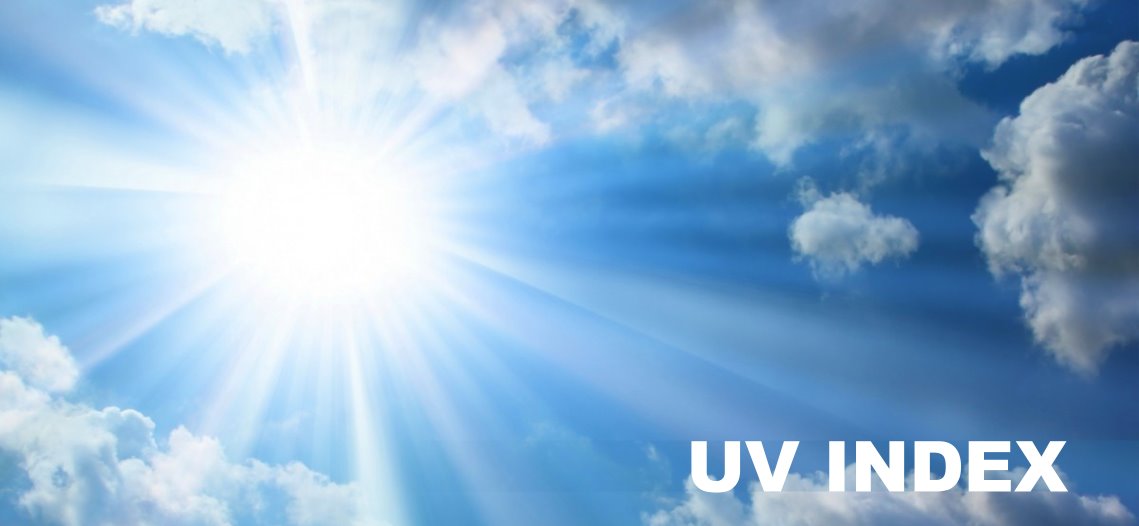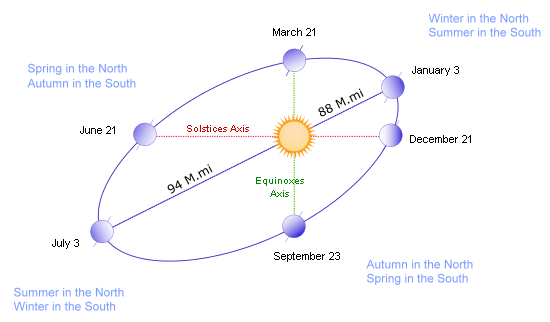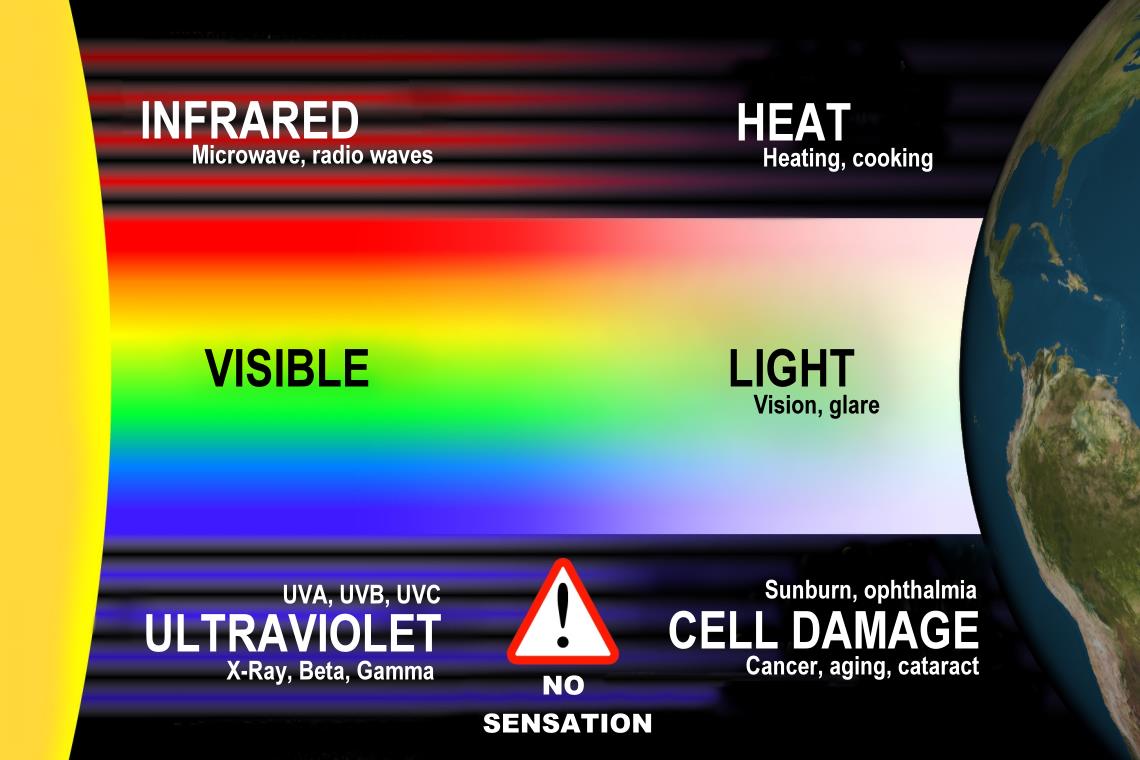
What is the UV index?
The UV index is a scale for measuring the intensity of ultraviolet radiation emitted by our sun star, as well as a measure of health risks such as sunburn, cataracts and cancers of the skin.
Our planet Earth is protected against the most dangerous radiations emitted by the sun wholesale by two filters:
- The Van Allen belt: it stops solar winds and cosmic radiation by trapping them in the earth's magnetic fields.
- The ozone layer: it blocks a certain amount of ultraviolet radiation before reaching the ground.
The prediction of UV index is carried out using specialized models of numerical weather prediction, including the U.S. National Centers for Environmental Prediction (NCEP), which predicts movements in the thickness our ozone layer and the cloud cover on territory. The UV index has been typically defined by the World Health Organization to respond to a global standardization of ultraviolet radiation level measurement. Indicated from 1 in the Antarctic to 18 at the summit of Everest, this benchmark of intensity of ultraviolet radiation falls into five ranges (see below), each defining a level of physiological risk.
The UV index peaks on July the 3rd in the northern hemisphere and around January the 3rd in the southern hemisphere. Around midday at solar time, the UV Index is at its maximum. In general, the closer you get to the equator, the higher the UV index is. The UV index is higher in the mountains than at the sea level.
The sun is also more powerful in the southern hemisphere in winter than in the northern hemisphere in summer by 3.28%, because the Earth follows an elliptic orbit and not circular (see associated image).
A fairly dangerous camouflaging factor is the wind. The winds are misleading, they bring a feeling of freshness and hide the effect of sun burning. The risks of sunburn are much higher because the solar intensity remains the same no matter the speed of the wind. Tanning is not only due to the direct UV but also to the reflection of them on the ground: The snow reflects a reverberation of 85%, between 15% and 20% for the sand according to its color and only 5% for the sea.

UV Index Classification
| Color | UV Index | Risk | Recommended Protections | Burns the skin |
|---|---|---|---|---|
| 1-2 | Low | Wearing sunglasses in case of sunny days, otherwise unprotected. | No | |
| 3-5 | Moderate | Cover and wear a hat and sunglasses. Apply a medium protection sunscreen (protection level 15 to 29), especially for exposure to the outside for more than 30 minutes. Look for the shadow around noon, when the sun is at the zenith. | A little | |
| 6-7 | High | Reduce exposure between 11am and 5pm. Apply a high protection sunscreen (index 30 to 50), wear a hat and sun glasses, and stand in the shade. | Relatively fast | |
| 8-11 | Very high | Without protection, the skin will be damaged and can burn. Exposure to the sun can be dangerous between 11am and 5pm; the search for the shadow is therefore important. We recommend wearing long clothes, a hat and sunglasses, as well as applying a very high protection sunscreen (index + 50), waterproof is you go bathing. | Quickly | |
| 12-18 | Extreme | The unprotected skin will be damaged and can burn in minutes. Exposure to the sun is dangerous, and if you go outside, it is necessary to absolutely cover yourself (hat, sunglasses, application of sunscreen of very high protection of index + 50), waterproof is you go bathing. | Very quickly |
Electromagnetic Spectrum of Solar Radiation

